Today I learned about types of shots and angles and there are so many types.. but still they are so useful to learn. I made this blog post because I was doing my research about them cause I was trying to see which suit our project the most.

EXTREME CLOSE-UP (ECU)
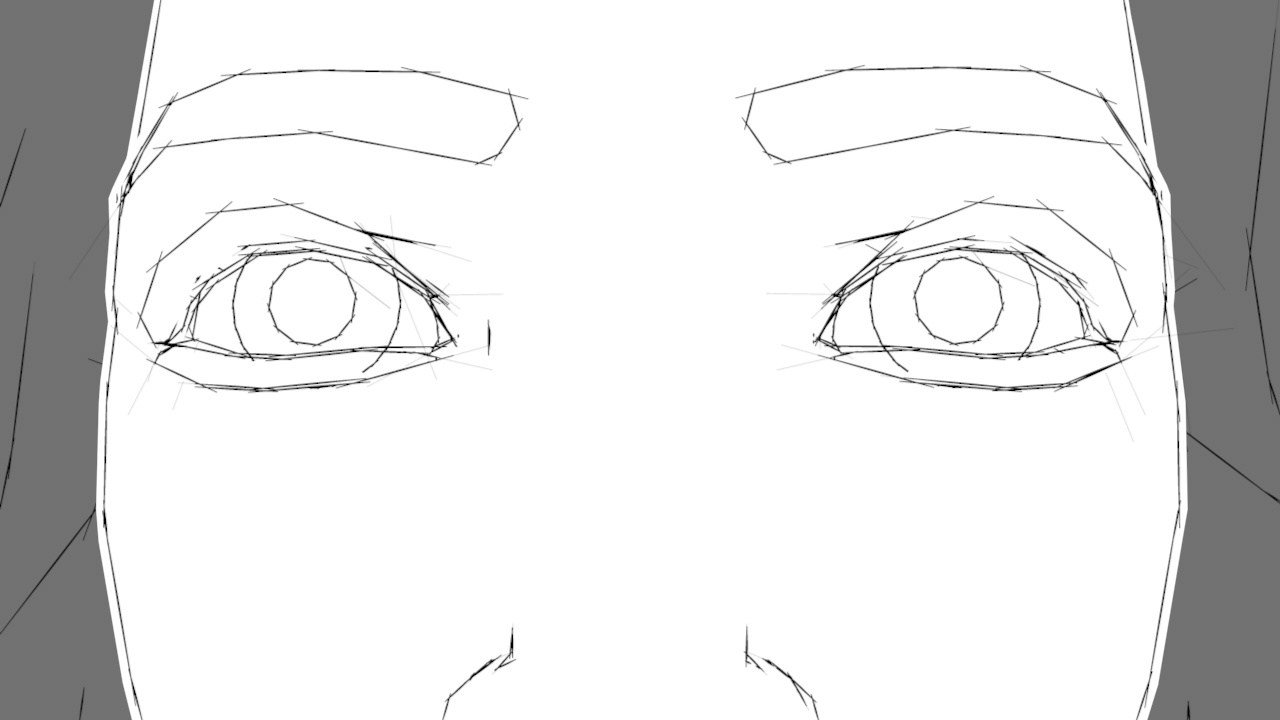
What is an Extreme Close-Up (ECU)?
Fills the entire frame with your subject’s features, getting right up close to the eyes, lips or fingers – for instance. It might also be the leaves on a tree or the headlight of a car. We’re able to observe the smallest of details.
Why would I use an Extreme Close-Up (ECU)?
When shooting people this close we are examining their subtle movements and expressions with a microscope. Extreme Close-Ups offer an extreme intimacy with the subject, rarely observed in everyday life. Can also be used to present a mysterious, abstract view of an object, good for opening titles for instance.
CLOSE-UP (CU)
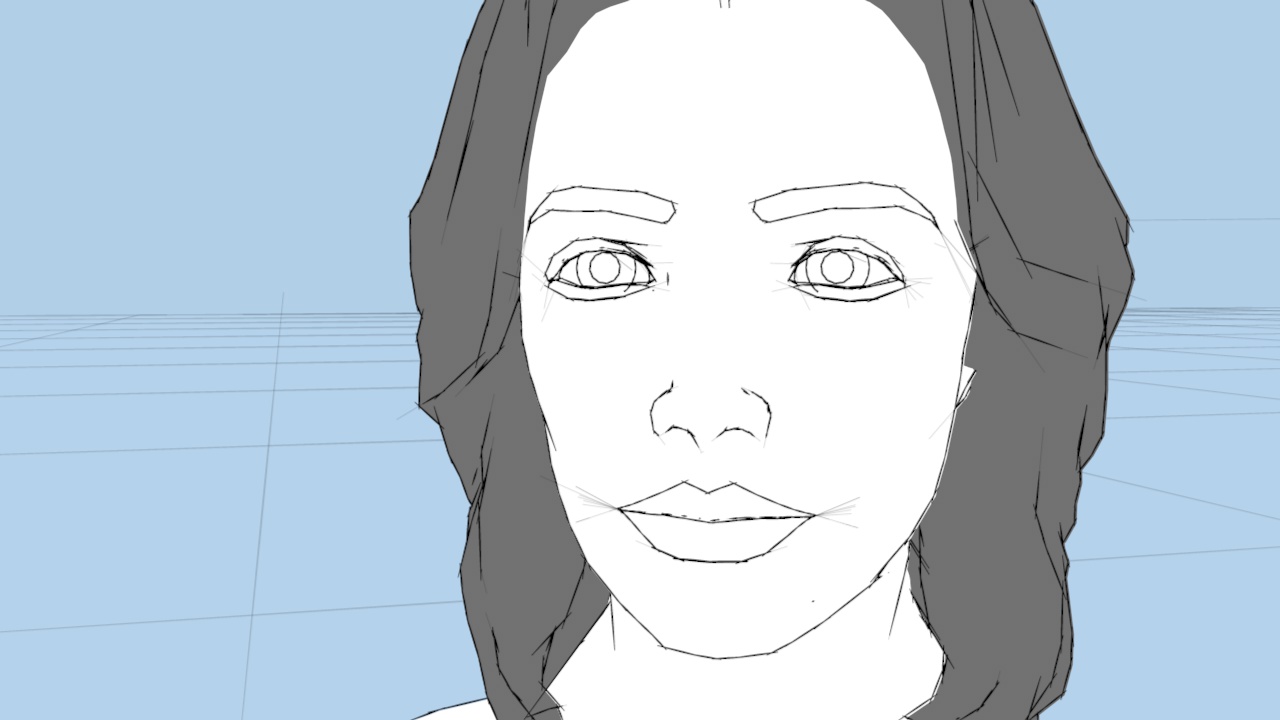
What is a Close-Up (CU)?
Fills the frame with a large part of your subject, such as an entire head. Very little background is seen.
Why would I use a Close-Up (CU)?
Often used when a person is displaying restrained, facial emotions such as growing anger or sadness. Practically, the Close-Up is easier to light than a wider shot and backgrounds are less of a worry, though you may lose the sense of location if used too much. Often used in conjunction with Medium Shots.
MEDIUM CLOSE-UP (MCU)
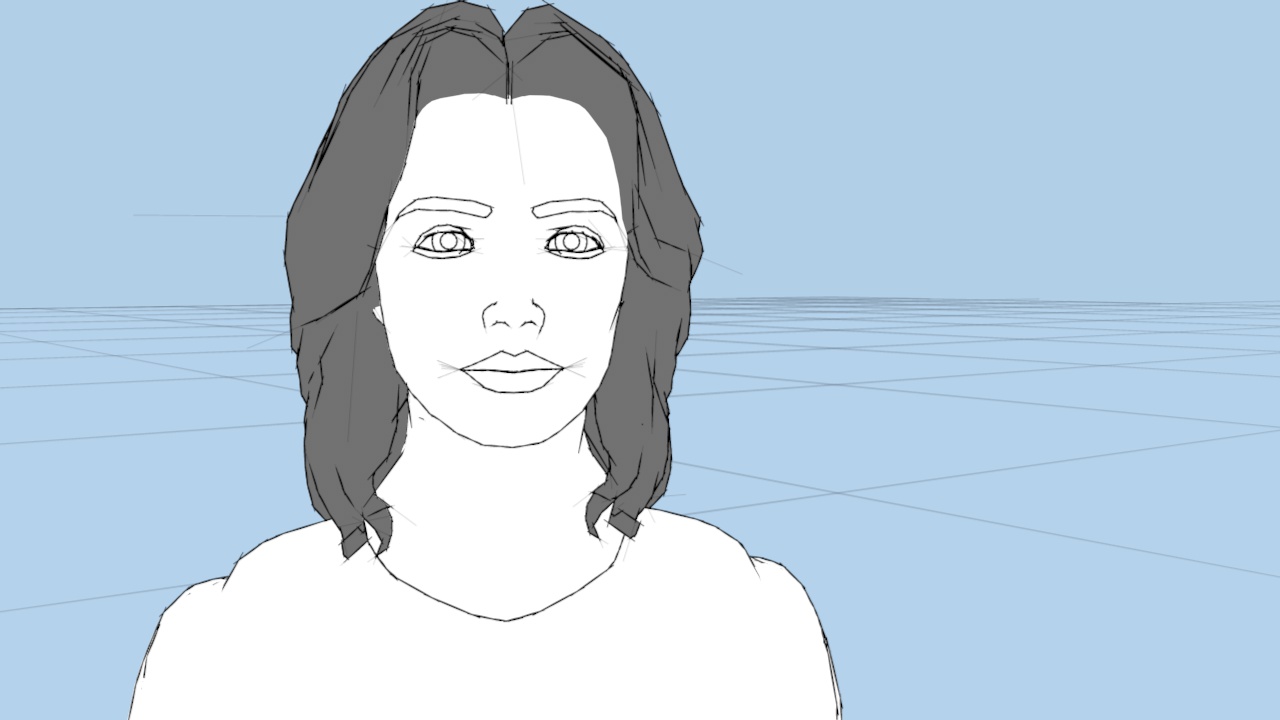
What is a Medium Close-Up (MCU)?
The frame is largely taken up by the subject. A head-and-shoulders shot, essentially. This shot would crop a person off just under the shoulders and would be the typical of framing you’d see in a family portrait. Environmental foreground and background elements help give the subject a sense of location, though it can be unclear exactly where the subject is.
Why would I use a Medium Close-Up (MCU)?
A Medium Close-Up (MCU) is perfect for shooting a single person with a lot of spoken dialogue. The subject doesn’t overwhelm the screen. The space around the subject allows them to interact with props that are in easy reach.
MEDIUM/MID SHOT (MS)
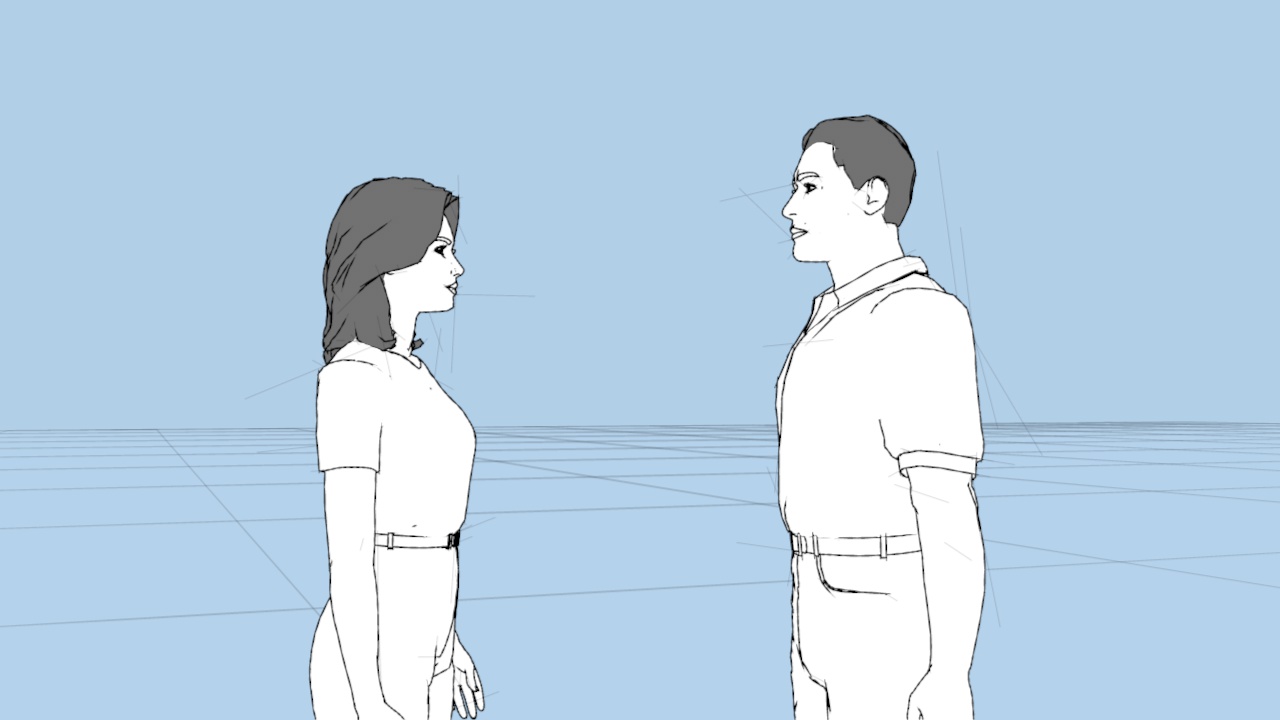
What is a Medium/Mid Shot (MS)?
A very common shot and likely one you’ll use most often. People are cropped at the waist and there’s enough room in the frame for two or more subjects, without it feeling cramped. There’s also enough room in the background for the viewer to appreciate the scene’s location and time of day.
Why would I use a Medium/Mid Shot (MS)?
Switch on the TV and you’ll see a lot of this type of shot, as it’s used for presenting and interviews. Great for dialogue scenes between multiple subjects. Still close enough to see facial expressions, though this is as wide as you want to be for this. It’s also useful for capturing body language. Often used in conjunction with Close-Up Shots.
WIDE SHOT (WS) OR FULL SHOT (FS)
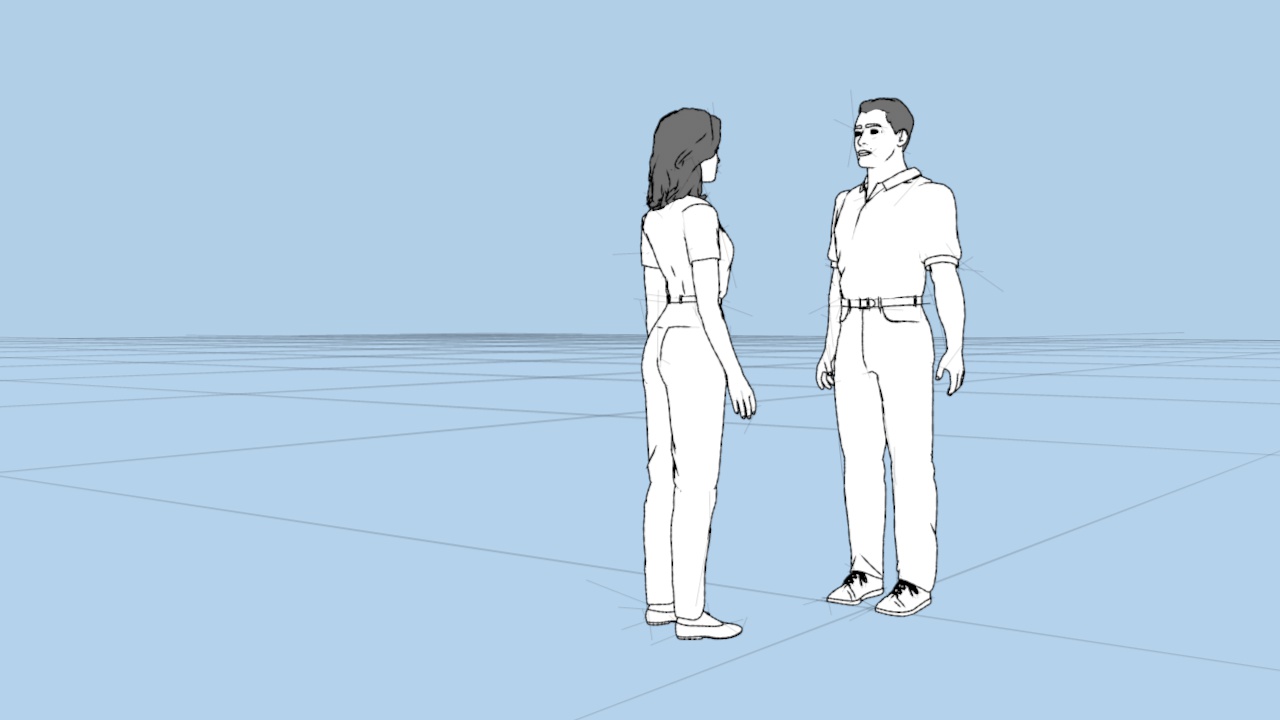
What is a Wide Shot (WS) / Full Shot (FS)?
When shooting people a Wide Shot (or Full Shot) can contain the entire body of a standing person, head to toe. There’s plenty of background space and other scene elements.
Why would I use a Wide Shot (WS) / Full Shot (FS)?
With wider shots the environment begins to play a more important role in the scene, specifically the relationship between the subject and their surroundings. Subjects can move around more freely in a Wide Shot so interaction with other scene elements, and with each other, can be more significant.
LONG SHOT (LS) OR ESTABLISHING SHOT (ES)
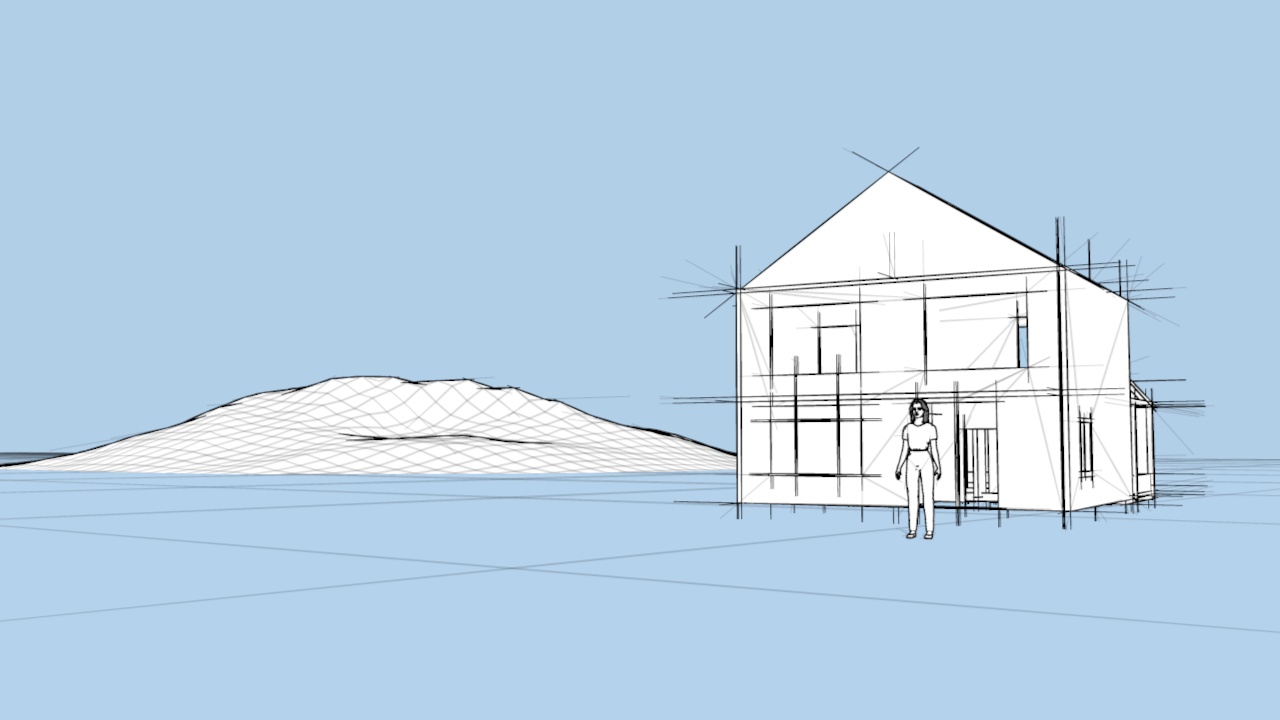
What is a Long Shot (LS) / Establishing Shot (ES)?
The Long Shot mostly incorporates the wider location, with the subject reduced to a much smaller on-screen element. Essentially creating a picture of the environment and our subject’s place within it.
Why would I use a Long Shot (LS) / Establishing Shot (ES)?
The Long Shot (Establishing Shot) is often used at the start of a scene to provide the viewer with information about the settings, such as location, time of day and atmosphere.
If your scene is dramatically different from the previous scene then it’s common to use a new Establishing Shot. It’s also an obvious shot style for large groups of people or where a lot of action or movement is taking place. As a photographer does, now you have more elements in shot, you can more easily apply composition principles to your scenes.
EXTREME LONG SHOT (ELS)
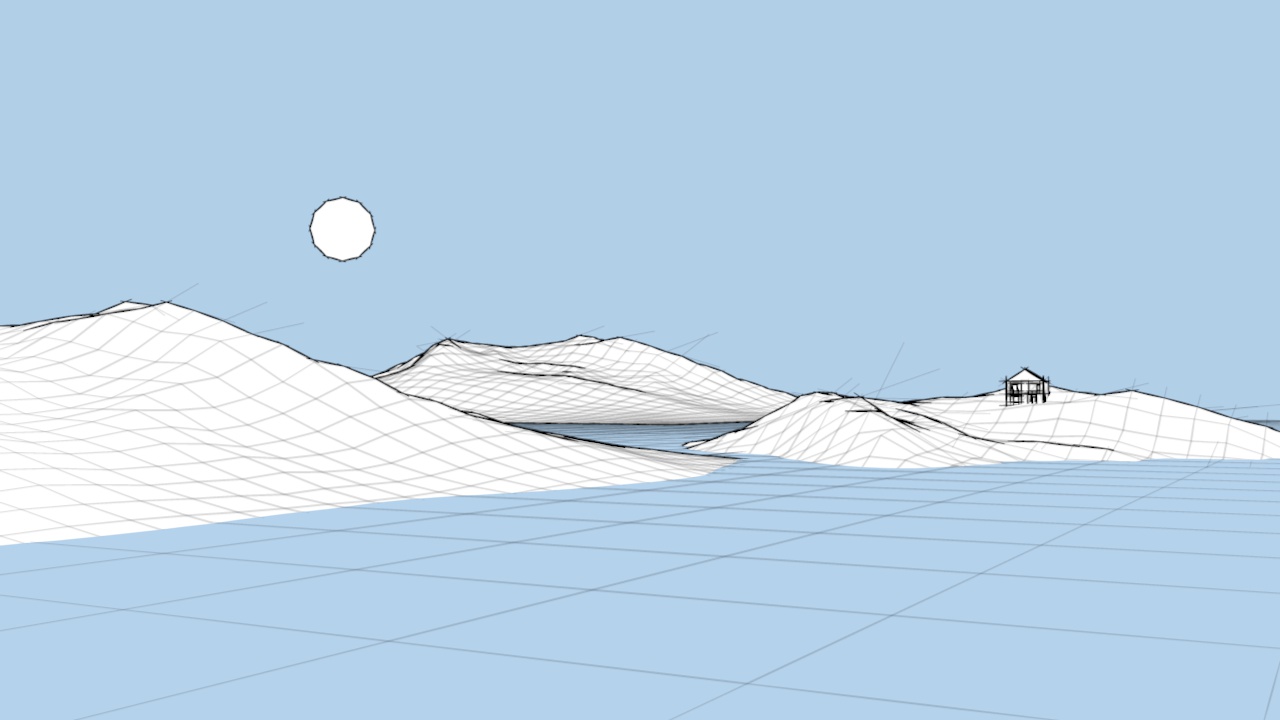
What is an Extreme Long Shot (ELS)?
Atmosphere is key to the Extreme Long Shot, often without any of our main subjects. Typically, in cinema, these show us sprawling city landscapes and beautiful vistas. There can be many elements in the shot, such as buildings or trees, or the landscape can be devoid of objects, such as a shot of outer space or one of endless sand dunes.
Why would I use an Extreme Long Shot (ELS)?
Extreme Long Shots often attempt to show us where we are in the world. Your primary aim with the Extreme Long Shot is to add atmosphere to the sequence by utilising peripheral elements.
I found this really useful article here
No comments:
Post a Comment